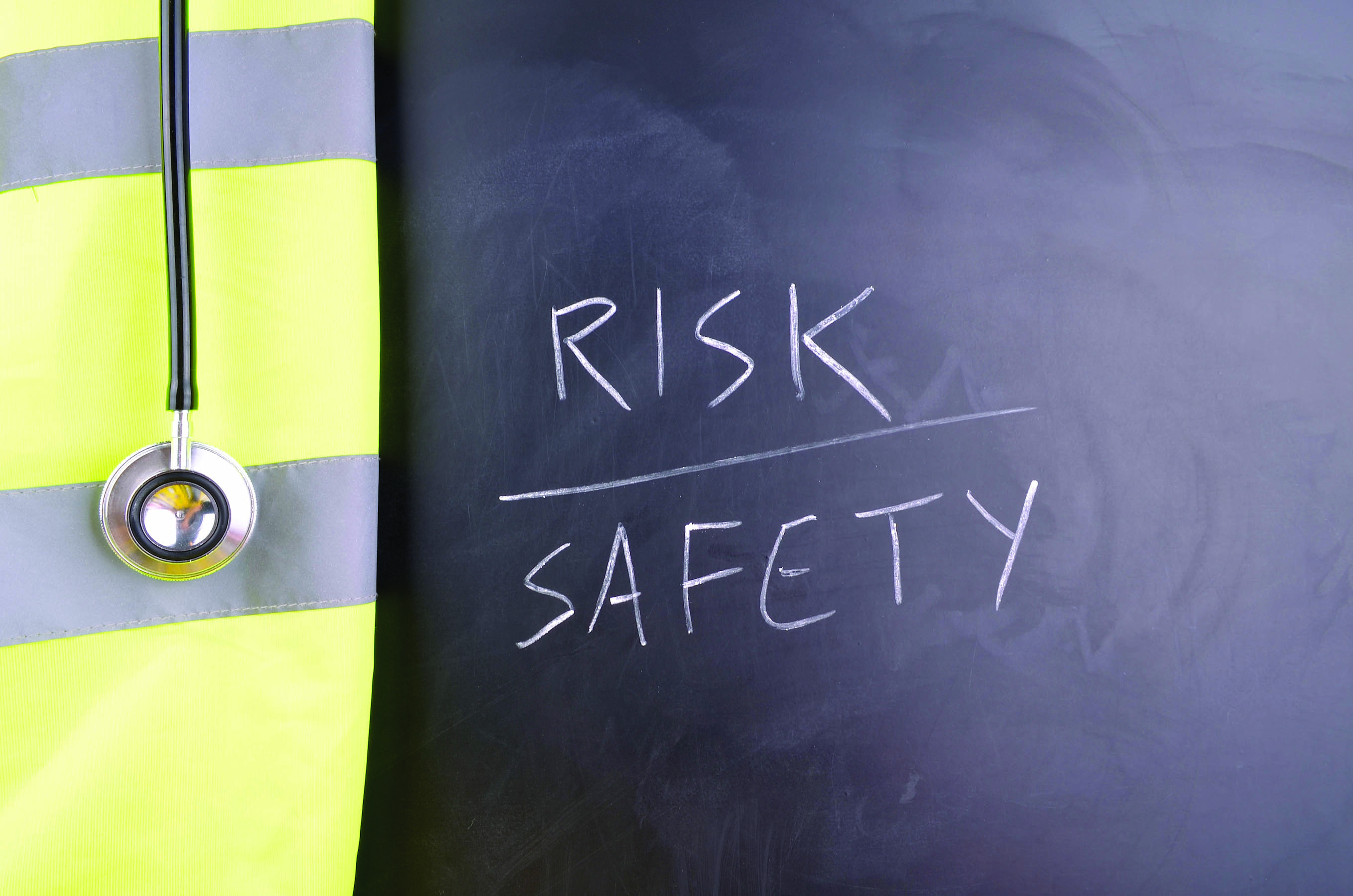
A new workplace health and safety strategy has been released by the government, aimed at improving safety over the next decade.
The strategy was jointly developed by the Ministry of Business, Innovation and Employment and WorkSafe New Zealand, together with a range of stakeholders.
Its development flows on from the recommendations of the Taskforce on Workplace Health and Safety that reviewed New Zealand’s system in response to the Pike River tragedy in 2012.
Workplace Relations and Safety Minister Iain Lees-Galloway said putting New Zealand workers at the centre of the strategy is key.
“We have made significant progress in reducing work-related harm since the Pike River tragedy but it is clear there is much more we can and must do. There are still 50-60 deaths from work injuries each year and 600-900 deaths from exposures to health risks associated with their work. This is unacceptably high and the pace of progress has stalled,” Lees-Galloway said.
“To make a real difference, we need to take a broader view of work-related health risks, including mental health. Equally important to me, is to lift the outcomes for workers at greatest risk, including Maori, who are over represented in injury statistics. These are reflected in the Strategy’s priority areas.”
The minister said public consultation on the draft strategy showed strong support for its overall approach, goals and priority areas, with around 500 people attending the workshops and 127 written submissions received.
The National Health and Safety at Work Strategy has been welcomed by the workplace regulator, WorkSafe New Zealand.
WorkSafe New Zealand CEO Nicole Rosie said it provides clear direction to the health and safety system, and will mean fewer whānau, communities and businesses have to cope with the trauma of unnecessary workplace deaths and life-changing injuries and illness.
“I am particularly encouraged by the strategy’s focus on health and wellbeing issues. Deaths from work-related disease are up to 10 times higher than those from acute harm, and the strategy rightly makes better management of these risks a priority over the next 10 years.
“We’ve been steadily building our capability and our knowledge in the work-related health area and our leadership and action in this area will be an important signal to other regulators.
“Workers are at the heart of the strategy and WorkSafe already has a high-engagement programme in place for Māori and Pacific peoples. The next challenge is to ensure migrant workers can participate in health and safety conversations with their employers.”
Site Safe CEO Brett Murray said the strategy sets out several clear priorities which should help ensure more Kiwi workers get home safe at the end of each day.
“We applaud the strategy’s focus of helping those who are at the most risk of harm – whether that’s those working in high-risk sectors, those working in small businesses or those workers we know are simply more vulnerable.
“In particular, we support the stronger emphasis on worker health and wellbeing. There are between 600 to 900 deaths each year from exposure to workplace health risks, and we know there is much more that can be done in this area to prevent Kiwis being harmed at work,” Murray said.
“We hope the action plan which will eventually flow from this strategy will identify practical ways to support businesses, especially small to medium-sized businesses, to improve their health and safety, and will empower workers to actively take part in shaping health and safety in their workplace.”
Comment below to have your say on this story.
If you have a news story or tip-off, get in touch at info@13.238.154.125